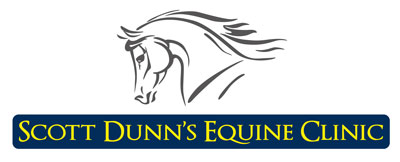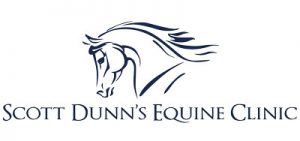The aim of this information sheet is to inform you of the clinical signs of strangles and how the bacteria is spread between susceptible horses. It also contains information on how to control the infection if it does enter your yard.
What is Strangles
Strangles is a highly contagious, bacterial, respiratory infection caused by Streptococcus equi equi, which affects horses, ponies and donkeys of all ages. The symptoms include high temperature, coughing, nasal discharge and swollen and abscessed lymph nodes of the head and neck. The disease may be fatal if it spreads to other parts of the body. However, a nasal discharge without swelling of the glands, is frequently all that is seen and a carrier state without any obvious clinical signs is also possible.
The incubation period is usually between three to 14 days. The organism is shed from draining abscesses and from the nose. It survives in the environment and in water troughs.
The most common means of transmission is through direct contact with infected horses. Good hygiene is essential to controlling the disease.
Infection can be controlled by isolation of infected horses and shedders until they are free of infection. Shedding usually ends rapidly after recovery but some may shed intermittently.
Disease prevention
All horses entering a yard should be monitored closely during the period soon after arrival. Any horses that develop a nasal discharge should be segregated and swabbed for the presence of Streptococcus equi equi. A simple blood test before moving yard is always advisable to reduce the risk of introducing a carrier animal onto the yard.
Disease control
All infected horses and their in-contacts should be placed under veterinary supervision in strict isolation with the highest possible standards of hygiene. Horses do not begin to shed Strangles until approximately 24-hours after the development of a fever. If the horse is isolated immediately on development of a fever, a strangles outbreak can be more easily contained as the risk of spread is much less. We therefore recommend twice daily monitoring of rectal temperature of all horses during a strangles outbreak.
Horses should not enter an affected yard unless they can be kept in strict isolation from all sources of infection.
No infected or in-contact animal should be released from isolation or veterinary supervision for a minimum of two weeks following full recovery of the last infected horse unless three consecutive negative swabs have been taken over a three week period or a guttural pouch wash and bacterial culture and PCR have been performed. Recovered cases may retain the potential for carrier status in spite of undergoing three negative swabs or a guttural pouch wash and bacterial culture and PCR should be performed, and it is recommended that the guttural pouch, sinus openings and trachea are examined carefully with reference to carrier status.

